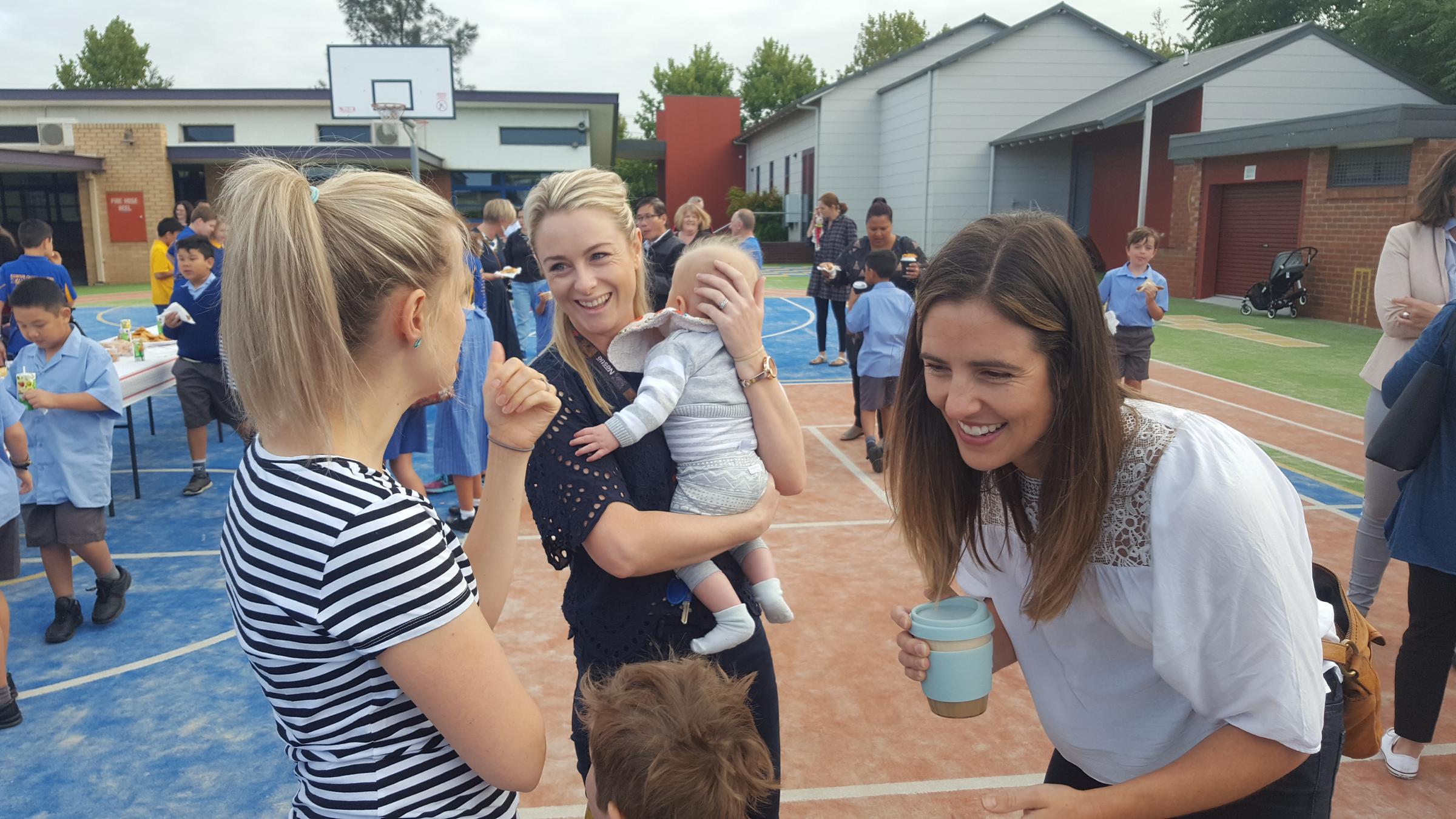Parent Partnerships

ISSUE 1 | TERM 2 | 2025
Protecting Childhood
Born in the 1970s, I enjoyed a carefree childhood in a lower-to-middle-class suburb. My parents worked long hours, leaving me free to explore the neighbourhood with my best mate, Andy. We rode bikes, played marbles or footy, hung out at the local arcade shop, and climbed trees until dark—all this and more from around the age of seven or eight! If you’re even close to my age, you probably enjoyed similar freedoms and opportunities. I want the same for my children, but it is increasingly unusual and unattainable for many.
Questions about safety abound. Children have ever-increasing academic loads. Schedules for both children and their parents are busier than ever. Extra-curricular activities are more popular than ever. Screens have proliferated. And downtime is harder to find than ever before.
What has happened to our children’s childhoods?
Play: The Work of Childhood
Play is integral to building successful, resilient children, and its importance starts in infancy. For infants, play involves touch, sounds, peek-a-boo, and interactive floor time. By preschool age, children delight in messy play with water, sand, and crafts, and their physical activity and social interactions increase. Early primary school children still enjoy creative play but begin to focus on games with rules and outdoor activities, emphasising social interaction.
The Benefits of Unstructured Play
Play fosters essential skills, including setting boundaries, understanding social norms, negotiating, and creativity. Unstructured play before age ten is particularly beneficial.
Rough-and-tumble play with parents is especially fun and educational in terms of teaching limits, communication, and physical coordination. The best part about these play activities is that they are easy, healthy, educational, and low-cost. Ultimately, play is the work of childhood, laying the foundation for resilient lives.
Are We Doing Too Much?
Helping children enjoy childhood includes managing extracurricular activities. The rise in sports and other pursuits at younger ages has sparked debate about whether kids are overscheduled. Critics argue that excessive activities may rob children of their childhood, creating unnecessary stress and competition among parents.
Free play and unstructured time are crucial for children's well-being, allowing them to explore, be curious, and develop creativity. However, structured activities can also provide safety and development in a modern, less child-friendly world. These activities help manage screen time, oer developmental benefits, and give parents peace of mind.
How to Find the Right Balance
Finding the right balance between structured activities and free play is challenging. There is a line that balances the competing demands of structure, growth, and enrichment with stress, financial costs, and protecting childhood. The problem is that none of us really knows where that line is until we’ve crossed it. It’s dierent for each child, and it changes as they mature and develop.
Questions to Ask Yourself
Rather than me telling you where to draw that line, here are some questions to ask yourself to get the balance right for your children.
● Am I anxious about my child’s success in life, or am I trying to improve my child’s wellbeing? ● Does your child feel like you care about the outcomes more than they do?
● Are your kids excited to participate?
● Does your child have time to play with friends?
● Are they getting enough sleep?
● Does your child get free play time?
● Do you make time to do nothing alone or together?
Letting Children Just Be
Childhood is shrinking. Those years of carefree innocence are being crowded out. Yet play, curiosity, slow and agenda-free development, and the chance to pursue interests that align with personal strengths are some of the most important gifts we can give a child to truly experience childhood. They get to make their own decisions, write their own rules, and have their own experiences. There’s a strong connection between feeling in control of our lives and being happy. When our children see us, they do not need to be burdened with more work and study. They need us to fall on the floor, tickle, wrestle, and laugh. They need opportunities to learn and create; to sit quietly on the grass under a tree and stare at clouds; to experience the simplicity of childhood; and to simply be.

